Body hair and what you do with it is a personal matter and should always be that way. Whether you like to grow it out, trim it, or de-fluff yourself head-to-toe, your body, your decision. If you’re a fan of hair removal, but not sure which method is best for which area or which techniques are best for pain-free hair removal then you’ve come to the right place. Get your razor, wax strips and tweezers at the ready and let’s get down to de-fluffing.
How to prepare your body for hair removal
Before we get to discussing the various methods of hair removal, it’s important to note that prepping your body is an essential step to achieving silky-smooth skin. The type of hair removal you opt for will dictate how you prep your skin beforehand. Need to know what to do before booking a bikini wax, don't worry we've got you covered.
For most methods, including shaving, depilatory creams, epilating, threading and plucking exfoliating prior to hair removal is very beneficial. Using a body or facial scrub helps to remove dead skin cells and prevent ingrown hairs. For waxing and sugaring, exfoliation is still key but it is best to avoid scrubbing on the day of hair removal to avoid any sensitivity. Similarly, for laser hair removal gentle exfoliation is preferable but still very useful to help the laser light penetrate deeper and work more effectively. For IPL, is it very important to avoid any form of exfoliation up to a week before treatment.
The different methods of hair removal
Shaving

The most common method of hair removal is shaving, which involves skimming off the layer of hair that sits above your skin with a razor blade. For the best results shave with a fresh blade against the direction of hair growth and pull skin taut in areas where skin is less firm, such as your bikini line. Whether you’re de-fluffing in the shower or bath, always use a shaving gel and soak your hair for a few minutes to help soften the strands and open up the hair follicles. Avoid dry shaving as this can lead to irritation.
Pros
-
One of the cheapest, easiest and quickest methods of hair removal
-
Can be used on all areas of the body
-
Can be carried out from home
Cons
-
Hair re-growth can be very quick as the hair isn’t being removed from the root
-
Razor blades go blunt and have to be replaced after approximately 10 uses
-
The sharp blades can cause cuts, razor burn and razor rash
Waxing

Another very popular form of removing your body hair is waxing. It involves using strips of hot or cold wax that are placed over your hairs, smoothed down in the direction of hair growth and then ripped off in the opposite direction. One of the best reasons to opt for waxing is that it removes the hair from its root, so is much long-lasting method of de-fluffing.
Pros
-
Although very dependent on your personal hair growth, on average waxing lasts between 3 and 6 weeks
-
Can be used anywhere on the body
-
Can be carried out at home or at a salon
Cons
-
One of the most painful methods of hair removal
-
Hair has to be grown out to at least ¼ inch prior to waxing
-
Be wary of avoiding exercise, sun exposure and using any product on the waxed area for 24 hours afterwards
Sugaring
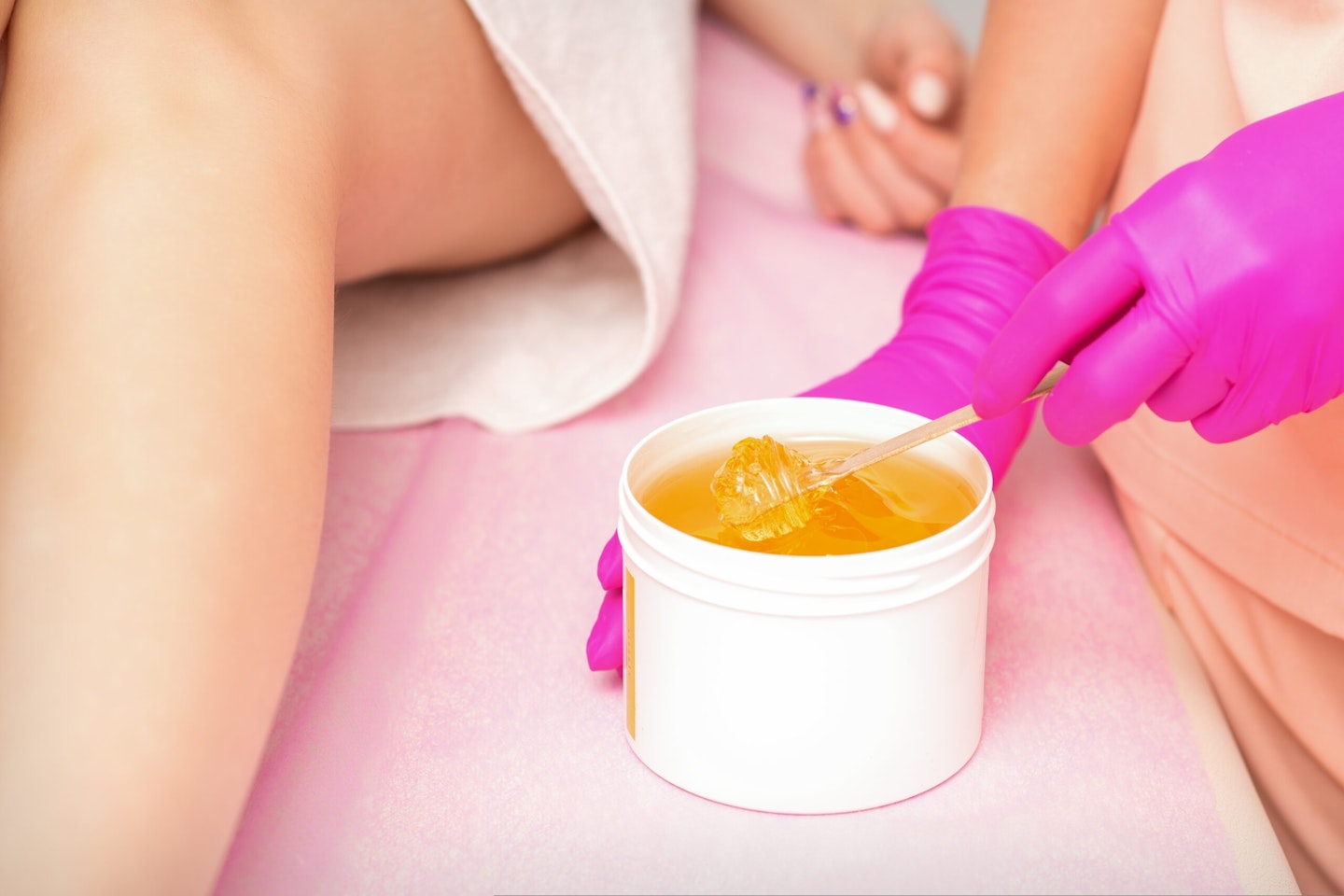
A natural alternative to waxing, sugaring involves using a combination of lemon juice, sugar and hot water to pull hair out of the root. The method has been used for quite some time, having originated in ancient Egypt, and continues to be a popular form of de-fluffing today. While still a relatively a painful way to remove hair, it is normally considered as slightly less painful than waxing.
Pros
-
A long-lasting method of hair removal. After your first appointment sugaring lasts approximately 3 weeks, but after several times this can become longer
-
Continued sugaring can stunt hair regrowth
-
Can be used all over the body
Cons
-
Requires growing out your hair to at least ¼ inch long
-
Can be painful
-
Be wary of avoiding exercise, sun exposure and using any product on the sugared area for 24 hours afterwards
-
Although you can make up your sugaring paste at home, it is advised to be sugared by a professional for more effective results
Depilatory Cream
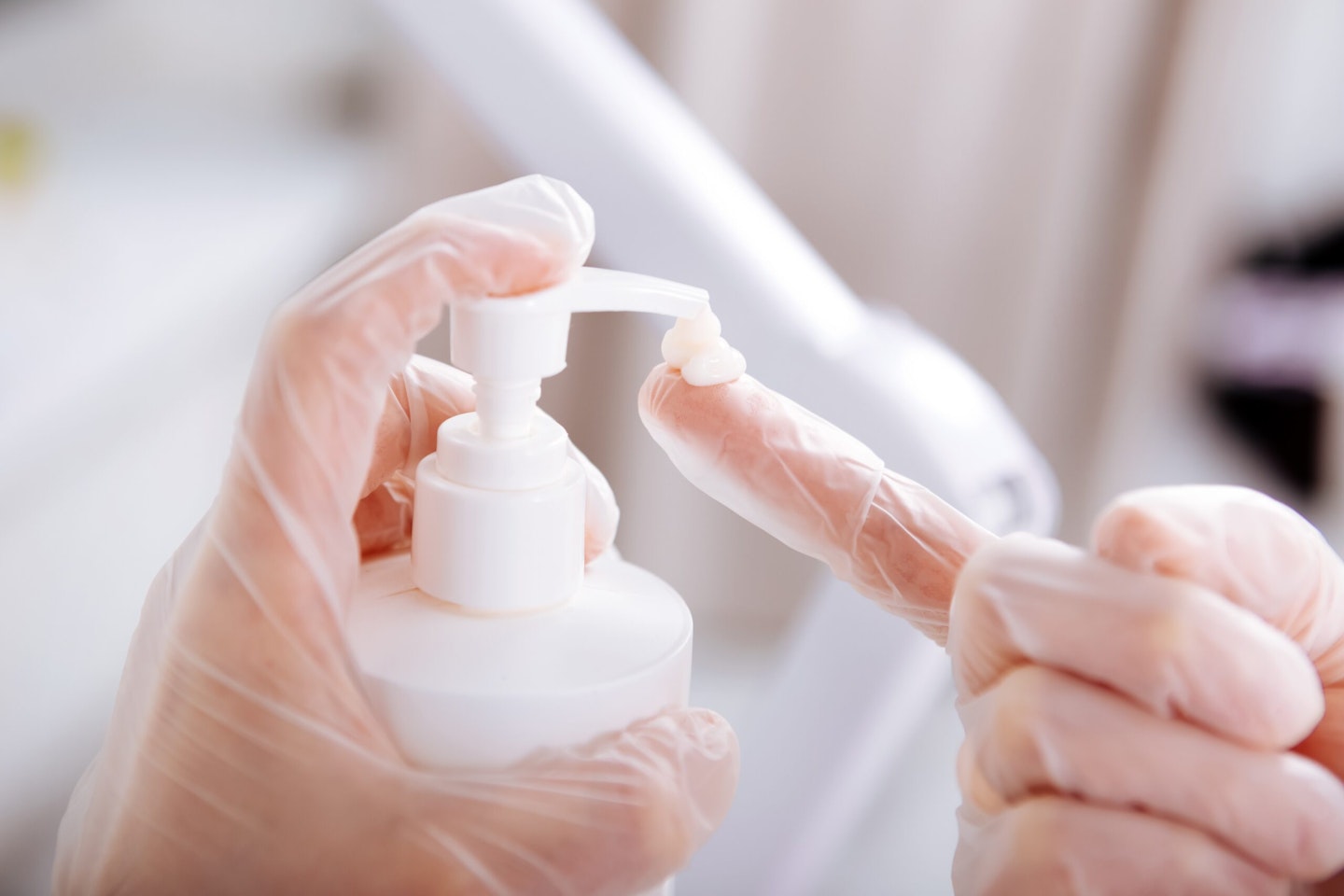
Also known as hair removal cream, this is by far the least painful method of revealing silky-smooth skin. Coat the area you wish to remove hair from and follow the label for instructions. Normally you leave the formula on for up to 10 minutes before wiping the cream (and with it your hair) away. Always remember to do a patch test beforehand to ensure you are not allergic to any of the ingredients.
Pros
-
One of the cheapest, easiest and quickest techniques
-
Pain-free and great for those who are new to hair removal, as there is very little risk of going wrong
-
Can be used all over the body, including your face, hard-to-reach places and sensitive areas such as your bikini line
-
Can be carried out at home
Cons
-
Hair is only removed from just below the skin’s surface, so depending on your personal hair regrowth you can expect to see strands 2-3 days after removal
-
Depilatory cream uses chemicals to help dissolve your body hair, which can lead to irritation for some people. Never leave it on your skin for longer than the recommended time and always do a patch test first
Epilating
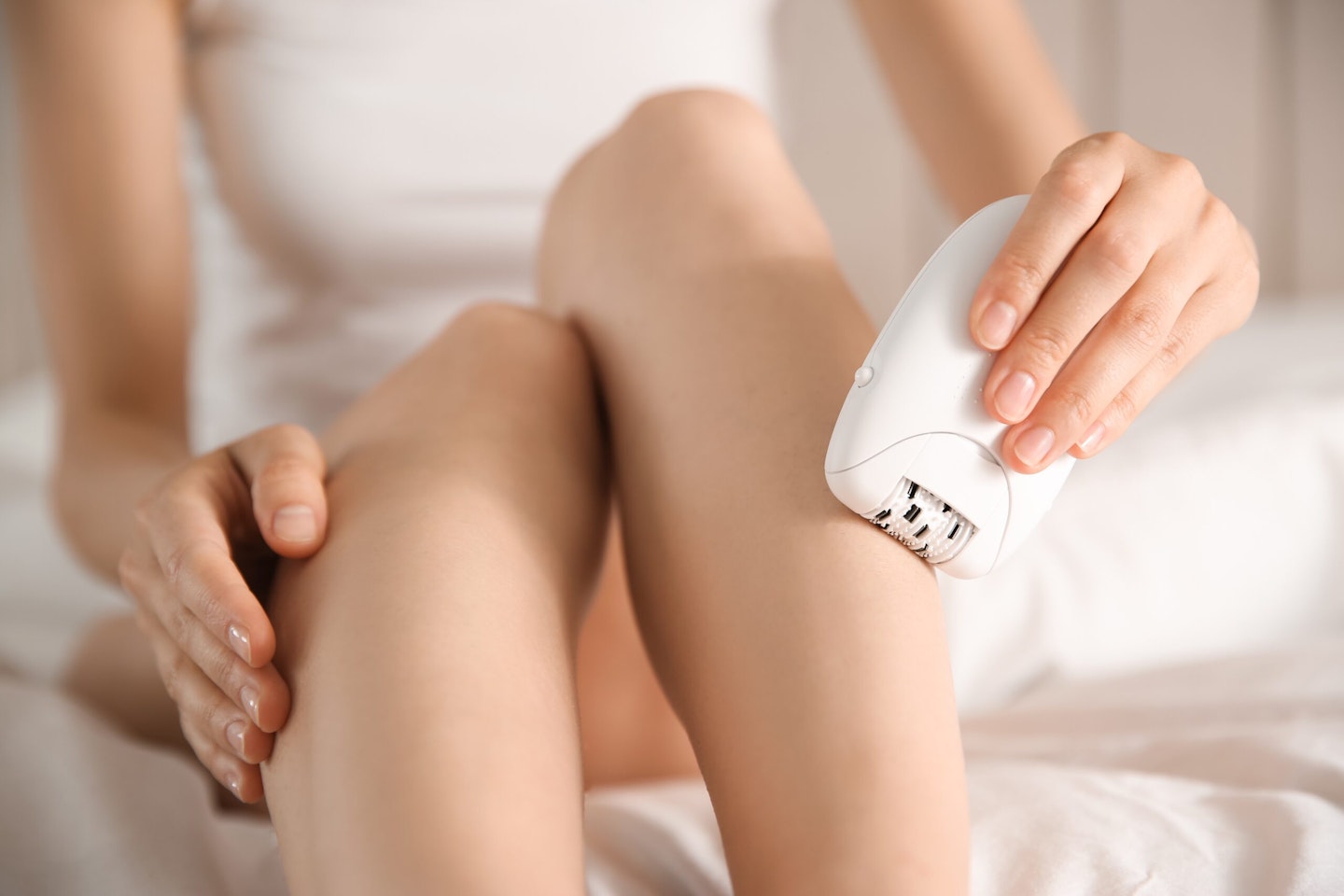
An epilator device works by plucking individual hairs from the root by mechanically operated tweezers. Although it is ranked as one of the most painful forms of hair removal, the more you use an epilator the less it hurts and the less re-growth of hair you get. Due to the painful nature of the device start with using on less sensitive areas such as your legs. You can epilate on wet or dry skin and depending on the device you have even in the shower too, which helps loosen the hair follicles.
Pros
-
Epilation removes hair from the root, so can it be up to four weeks before any pesky stubble appears
-
A quick method of hair removal
-
Can be carried out at home
-
A cost effective technique, as once you purchase an epilator you can use to remove hair for years to come
Cons
-
One of the most painful ways to de-fluff
-
Although it can be used on all areas of your body, avoid sensitive areas to begin with
IPL
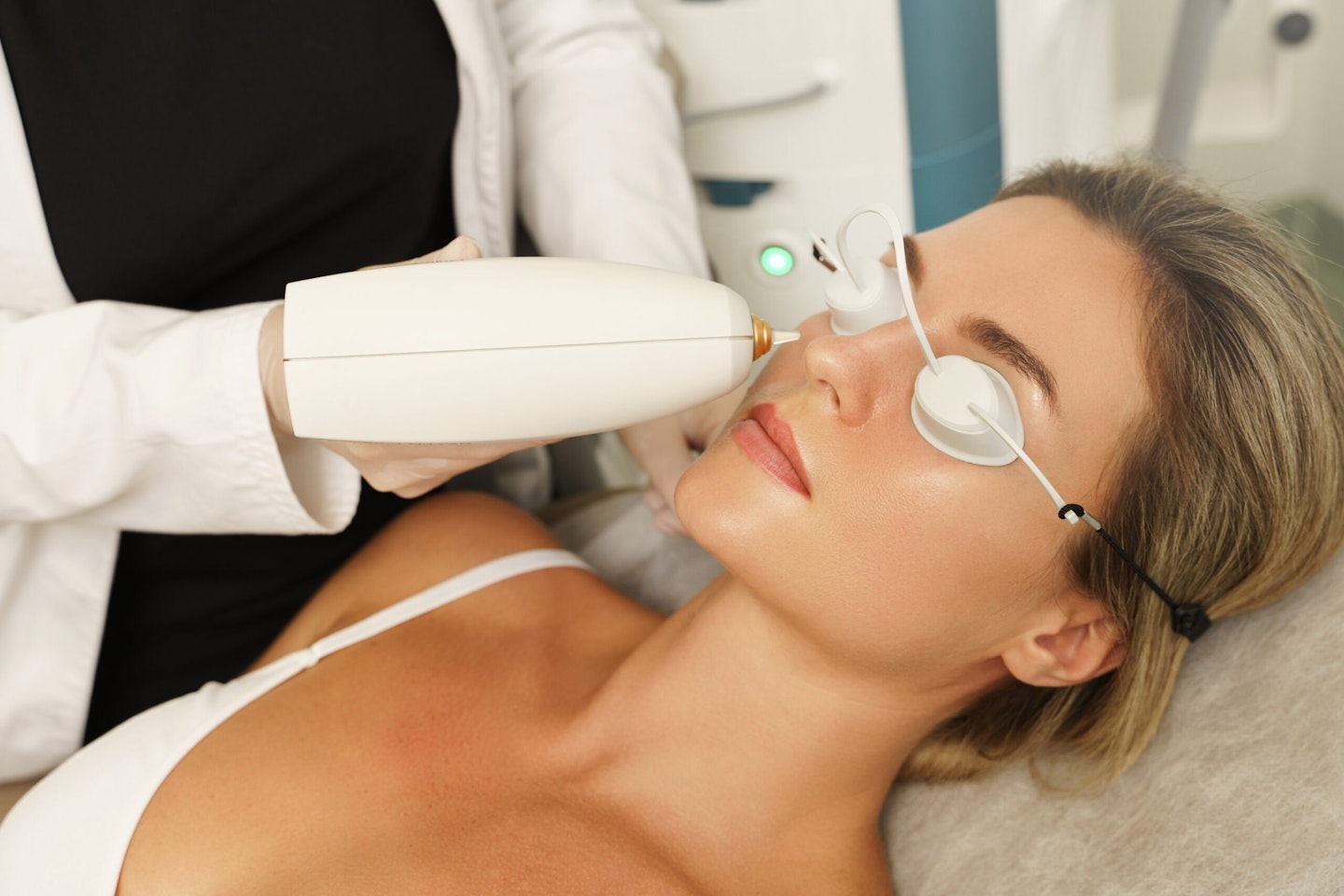
If you’re after a long-term form of hair removal, then IPL, which stands for Intense Pulsed Light might be the one for you. The technique involves using strong pulses of light to damage and destroy the cells that cause hairs to grow. Although it used to be a salon-only treatment, there are now at-home devices so you can do it yourself. Always remember that the area you are targeting needs to be hair-free first. Use a shaver as opposed to waxing or sugaring as the hair in the follicle needs to still be there to absorb the light from the device.
Pros
-
Hair removal is semi-permanent. On average you only need a top-up treatment once every six to twelve months to keep unwanted hairs away
-
Can be used all over the body, especially great for sensitive areas such as under arm and bikini line that are irritated by shaving and waxing
Cons
-
Sadly not every skin tone is suitable for IPL, as the technology works by targeting the pigment in the hair. There needs to be a visible difference between your skin tone and your hair colour, so unfortunately those with light-blonde, white, grey and red body hair would not be suitable. Most experts also advise against using IPL on dark skin tones, as there is a risk of discolouration
-
Depending on your pain threshold the treatment can be a little painful
-
A more costly form of hair removal
-
Treated skin cannot be exposed to the sun for at least 4 weeks after treatment
-
Also avoid exercise, hot showers and baths for the first 48 hours and exfoliation for the first week
Threading

Most commonly used to shape eyebrows and de-fluff your upper lip, threading is the process of removing hair using a piece of thread typically made from cotton. The practice has been used for thousands of years by cultures worldwide. The form of hair removal removes the entire hair from the root so has amazing long-lasting results.
Pros
-
An incredibly fast process, taking approximately 10 minutes for your eyebrows to be threaded by an experienced technician
-
There is no contact with the skin, making it a gentler form of hair removal and great for those with sensitive skin
-
Lasts approximately 4-6 weeks, with occasional tweezing needed in between appointments
Cons
-
If you attend a threading appointment every 4-6 weeks it can become a costly habit
-
There can be some irritation around the area for a few hours afterwards, including redness and puffiness
-
There is a little bit of pain
-
Only suitable for use on eyebrows and facial hair
-
While you can thread your eyebrows at home, the technique can be rather fiddly and tricky to learn
Laser
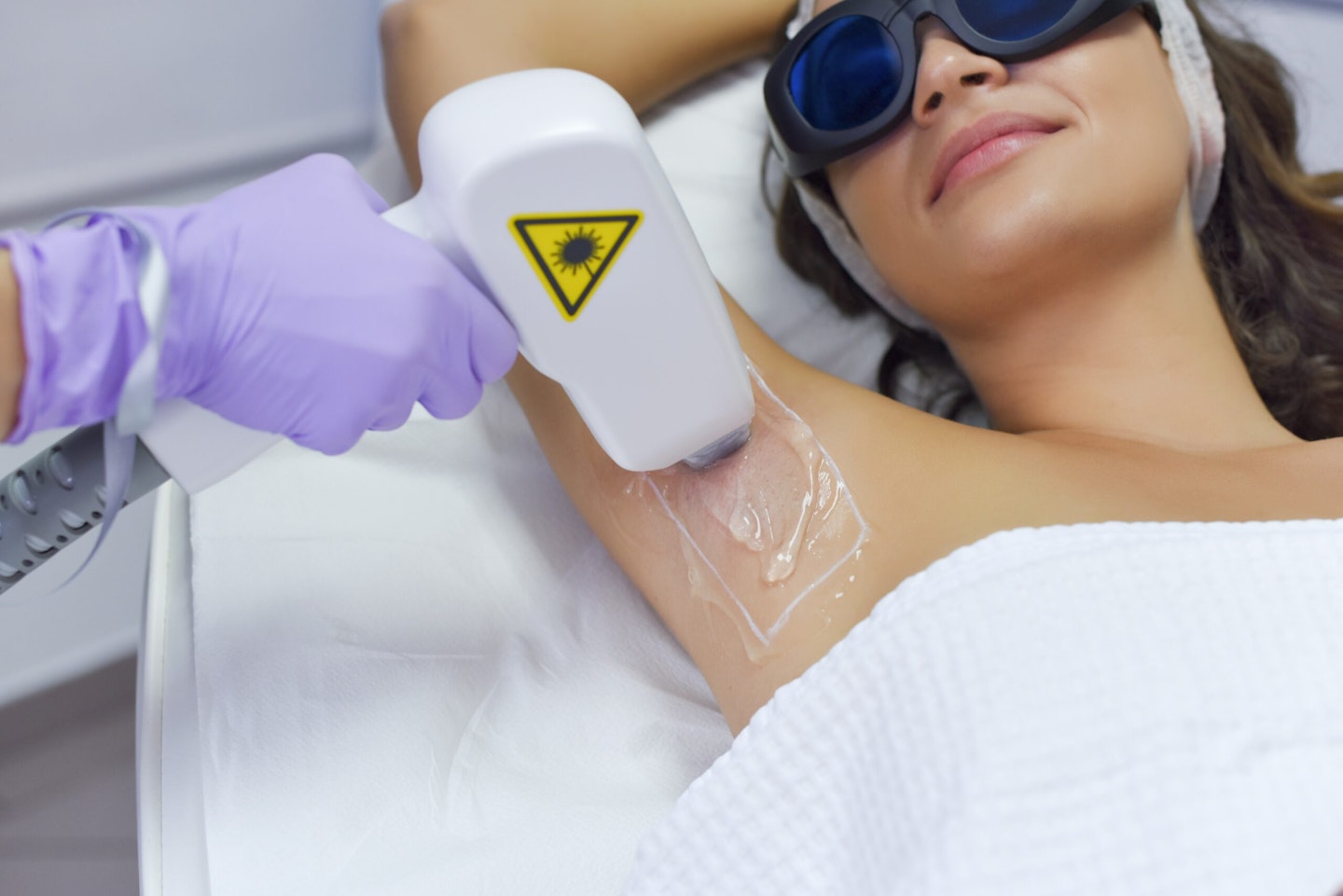
Another long-term way of removing hair, laser has been very popular in recent years. The key difference between laser and IPL is the type of light that is used. IPL is a broadband pulsed light source, whereas laser is a monochromatic coherent light source. Both methods target the pigment in the hair follicle to damage and stunt hair regrowth. Laser hair removal is considered to be more effective and precise than IPL, but this does come at a cost. The same as Intense Pulsed Light, remember that the area you are having treated needs to be hair-free first. Use a shaver as opposed to waxing or sugaring as the hair in the follicle needs to still be there to absorb the light from the device.
Pros
-
Hair removal is semi-permanent. Most people remain hair free for several months or even years. Top-up sessions are recommended to keep unwanted hairs away
-
Can be used all over the body, especially great for sensitive areas such as under arm and bikini line that are irritated by shaving and waxing
Cons
-
Sadly not every skin tone is suitable for laser hair removal, as the technology works by targeting the pigment in the hair. There needs to be a visible difference between your skin tone and your hair colour, so unfortunately those with light-blonde, white, grey and red body hair would not be suitable. Most experts also advise against using laser on dark skin tones, as there is a risk of discolouration
-
Depending on your pain threshold the treatment can be a little painful
-
The most costly form of hair removal
-
Treated skin cannot be exposed to the sun for a minimum of 2 weeks after treatment
-
Also avoid exercise, hot showers, baths, steam rooms and body scrubs for the first 48 hours
-
There needs to be no visible fake tan before laser hair removal and wait until a week post-treatment to use it again
Never forget that hair removal is totally a personal preference and we are here to celebrate every choice surrounding body hair. Always remember to read and follow the instructions for at-home hair removal treatments to avoid any issues and always stop using a product or device if you experience any irritation. Happy de-fluffing!
